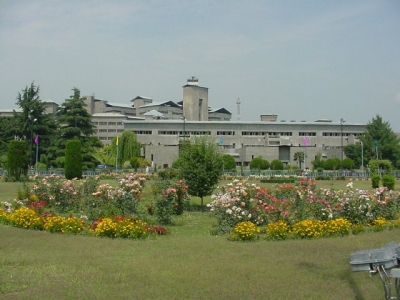Irfan Ahmad
According to the Indian government and media, many Muslim groups have recently been involved in terrorism-Student Islamic Movement of India (SIMI), formed in 1976 and banned soon after 9/11 for fomenting “communal disharmony” and “sedition” and Indian Mujahideen (IM), a group believed to have been formed after 2001. These groups have been charged with killing hundreds of people.
In Indian political discourse, outfits like SIMI and IM appear as a threat to India’s stability and its global rise. While some depict them as domestic groups, others portray them as working in alliance with outfits from Pakistan. It is thus believed that IM was floated by Lashkar-e-Taiba (LeT), a Pakistan-based militant group.
By analyzing the alleged involvement of IM and SIMI, I make three arguments. First, since the media and the security agencies have a close and uncritical relationship, we should have a healthy doubt about the accuracy of their information. Despite the fact that barely anyone adequately knows what IM is and how it came about, after the July attack several Muslims were arrested as terrorists. Second, because Muslims are blamed, arrested, tortured, and killed (by the police) after each terror attack, with little or no evidence, such measures might end up creating the danger the Indian state claims to fight. Third, I contend that the Indian media’s role in “reporting” terrorism is prejudiced.
IM first hit the headlines after a series of explosions in November 2007. In an email to the media and police, IM claimed responsibility for the blasts. As the email explained, the aim of those attacks was to protest against “the pathetic conditions of Muslims in India that idol worshippers can kill our brothers, sisters, children and outrage dignity of our sisters at any place and at any time and we can’t resist them”.
The messages are a sign that IM’s aim is to protest against and avenge the killings and humiliation of Muslims at the hands of Hindu nationalists and the state administration. The destruction of the Babri mosque by Hindu nationalists in 1992 is important to IM’s ideological repertoire – hence its description by the media and the terrorism experts as a “home-grown”, “domestic” terror outfit. Since the media regard the Babri mosque as a domestic issue (unlike Kashmir, which is international) and the IM invokes the Babri mosque to rationalise its attacks, the IM is thus considered a domestic outfit.
What is rarely visible in the Indian media, however, are the brutal, illegal methods used against suspected terrorists: torture cells, illegal detention, unlawful killings in “police encounters”; elimination of evidence against the illegal actions of the law-enforcing agencies; and rampant harassment of Muslims.
It is worth noting that since 2001 far more people have been arrested as “SIMI terrorists” than the actual number of SIMI members, which in 1996 was 413 (when founded in 1976, SIMI’s members numbered 132). Until today, the Indian government has still not legally proved its rationale for banning SIMI. Stories of Muslim terrorists abound in both the Indian and Western media. By contrast, stories portraying Muslims as the terrorized remain fairly sparse. One wonders if, and how, such stories will be told.
Irfan Ahmad is a political anthropologist and a lecturer at Monash University, Australia and author of Islamism and Democracy in India: The Transformation of Jamaat-e-Islami (Princeton University Press).















